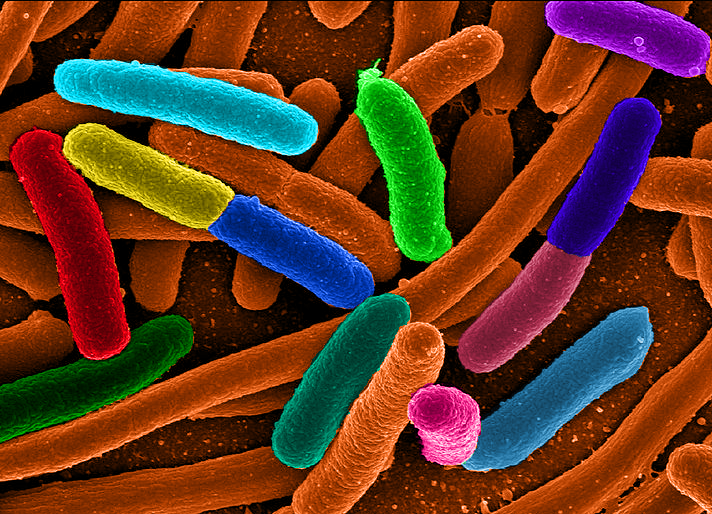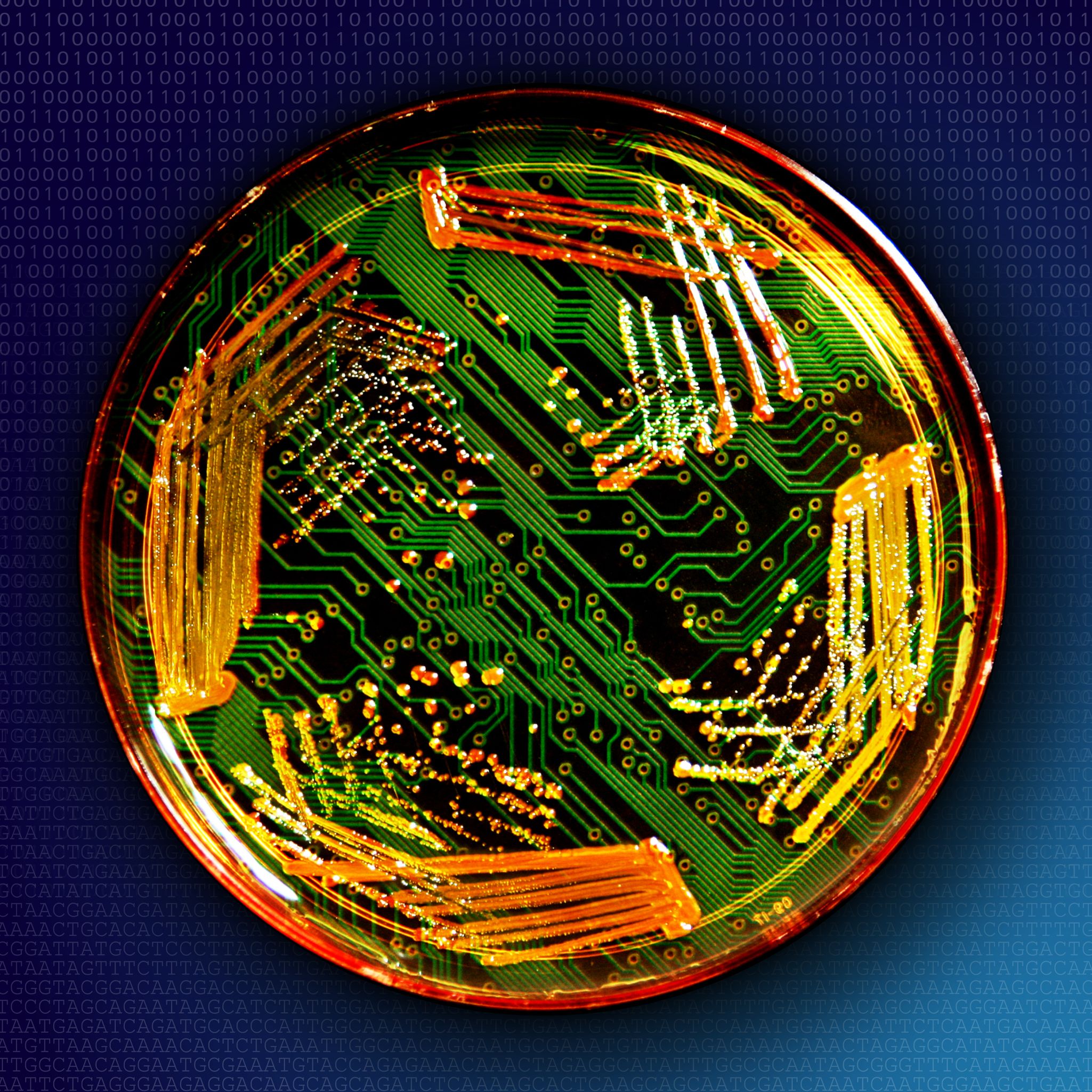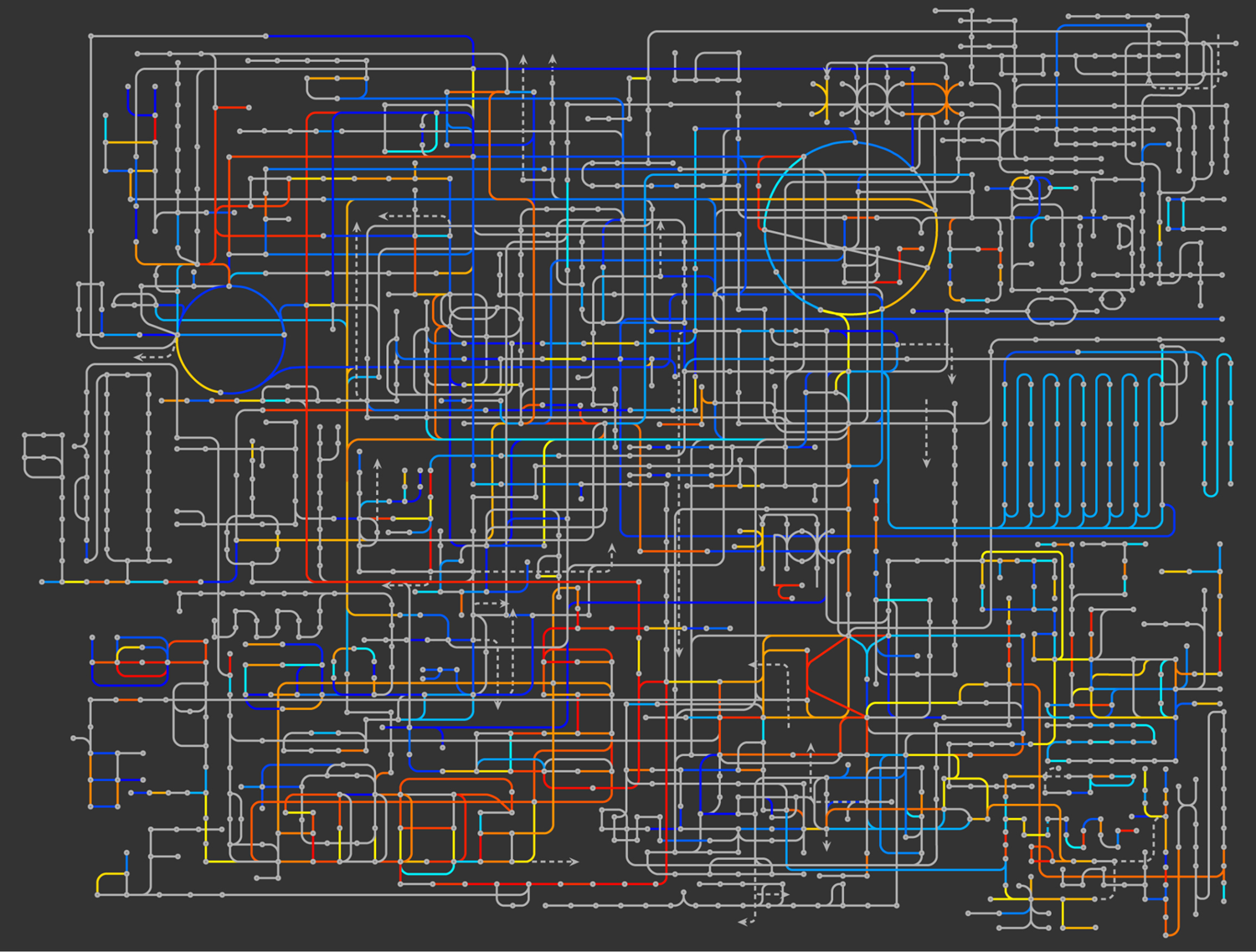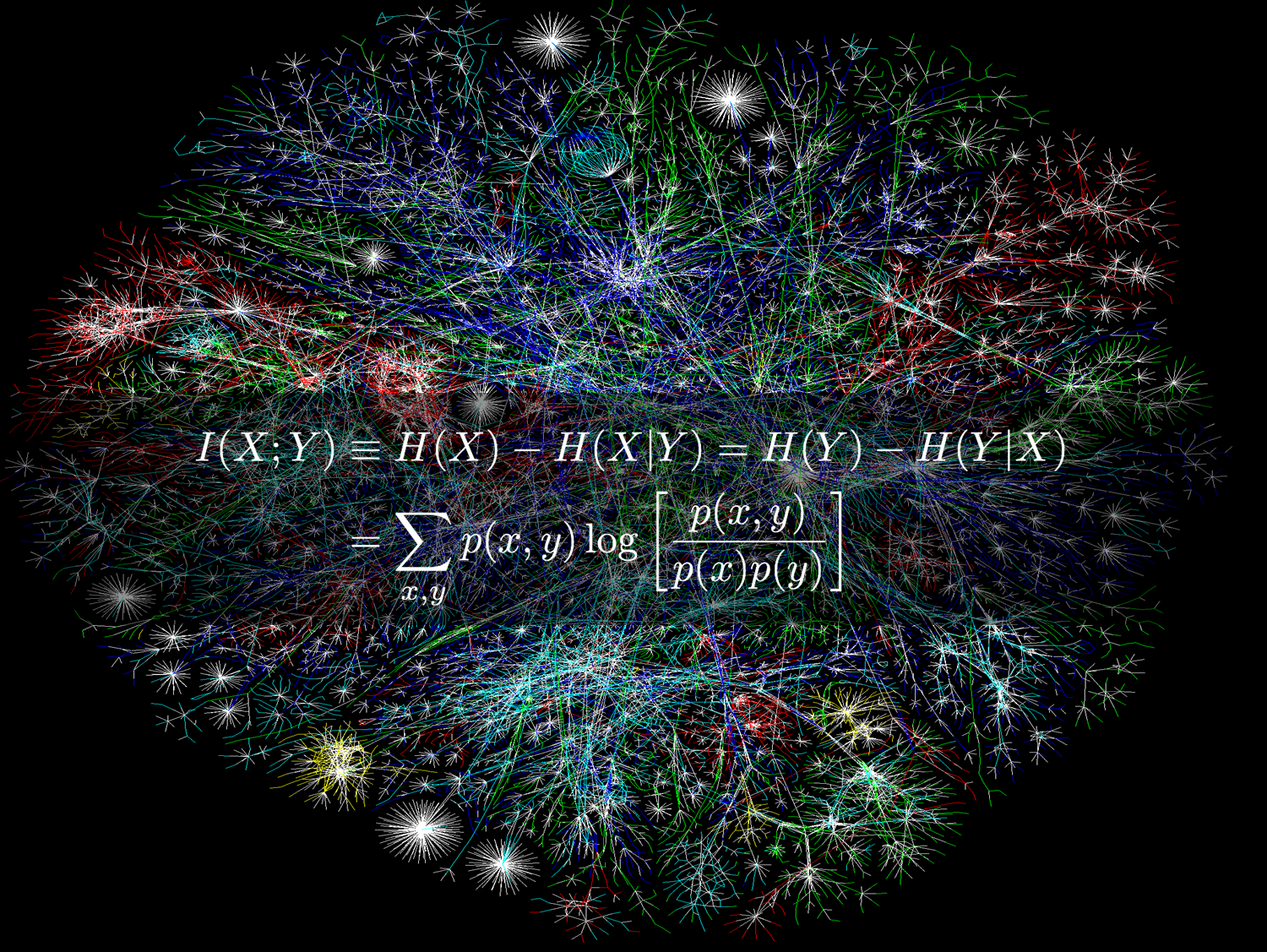The Ghim Lab seeks to find the “design” principles behind the networks of biological information processing. The networks encompass cellular metabolism, regulation of gene expression, cell-to-cell communication, and up to social and ecological interactions among individuals. The current focus of research is on:
● Control and exploitation of noise in gene expression
● Resource allocation for coordinated metabolism
● Causal inference in neural information transfer
● Socio-economic dynamics in structured populations
The aim from biology side is to rationalize the efficiency and robustness of biological networks in the light of form-function duality. The other side of the coin is an effort to restore the precision and accuracy of biochemical information processing in e.g. synthetic biology or metabolic engineering up to its silicon-based counterpart. Both of these objectives are closely linked to the fundamental problems of equilibrium and nonequilibrium statistical mechanics on complex networks. Information theory and statistical physics are a major tool toward this end but the crux is still the rigorous biological realism.




